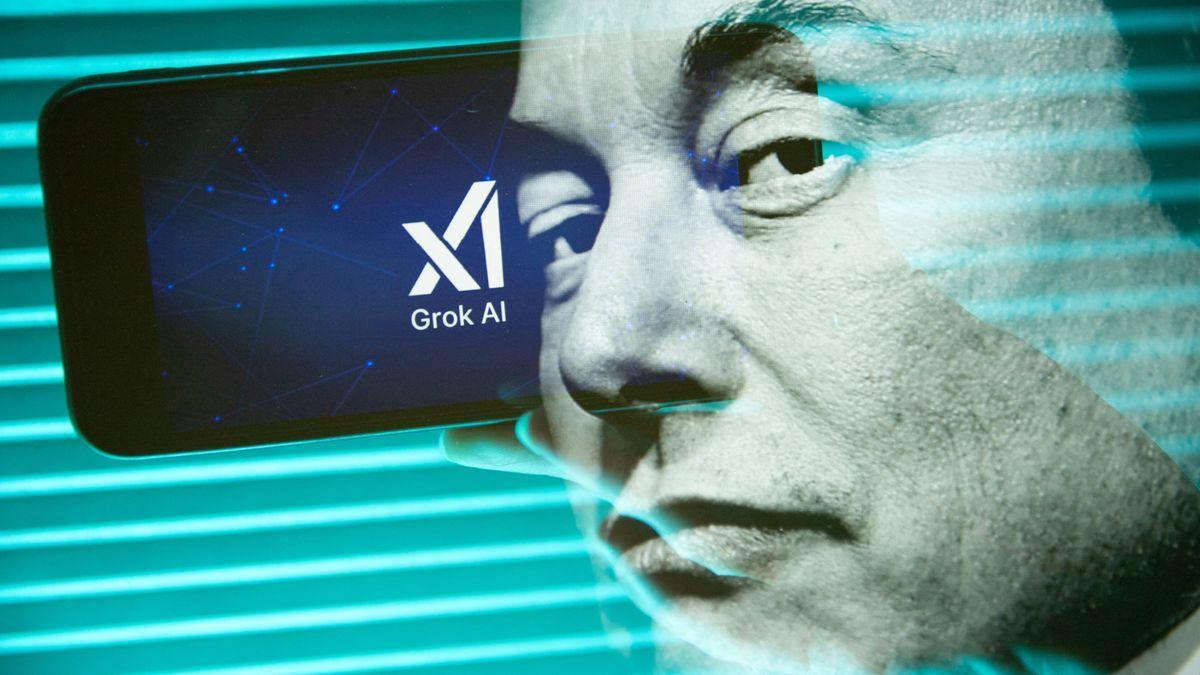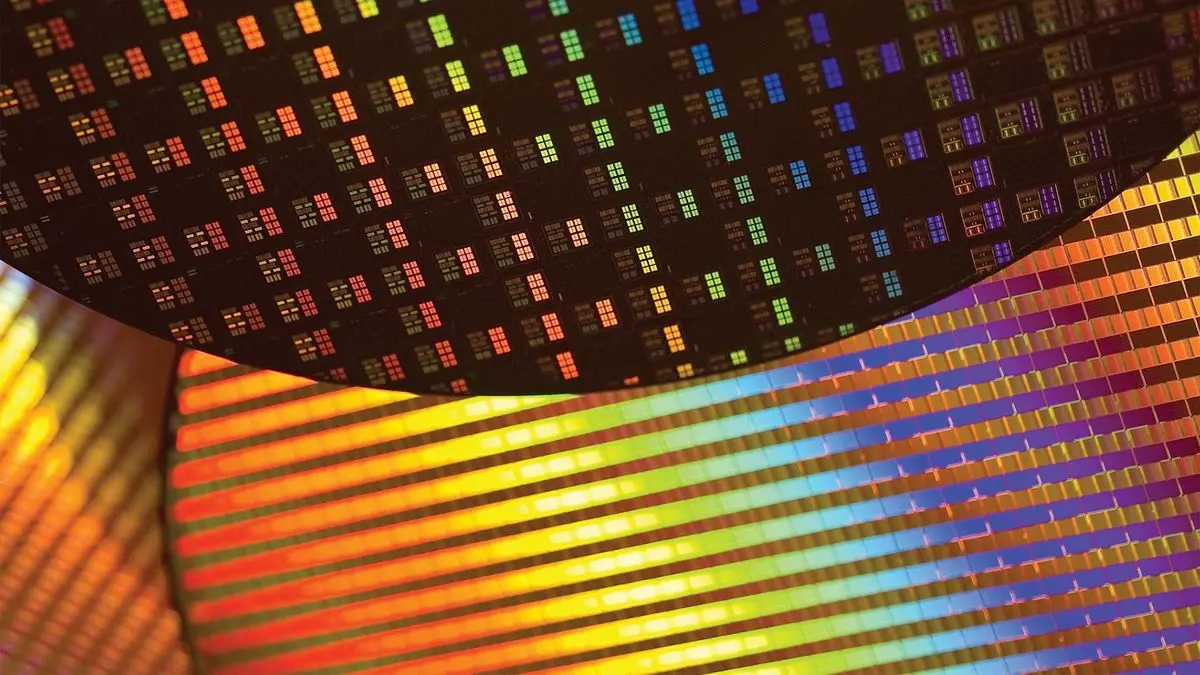AI-Driven Breakthrough in Battery Electrolyte Research Promises Enhanced EV Performance
2 Sources
2 Sources
[1]
A Big Data approach for battery electrolytes
The most stable electrolytes are not always the most conductive. The most efficient batteries are not always the most stable. And so on. "The electrodes have to satisfy very different properties at the same time. They always conflict with each other," said Ritesh Kumar, an Eric and Wendy Schimdt AI in Science Postdoctoral Fellow working in the Amanchukwu Lab at the University of Chicago Pritzker School of Molecular Engineering (UChicago PME). Kumar is the first author of a new paper published in Chemistry of Materials that is putting artificial intelligence and machine learning on the job. The paper outlines a new framework for finding molecules that maximize three components that make an ideal battery electrolyte -- ionic conductivity, oxidative stability and Coulombic efficiency. Pulling from a dataset compiled from 250 research papers going back to the earliest days of lithium-ion battery research, the group used AI to tally what they call the "eScore" for different molecules. The eScore balances those three criteria, identifying molecules that check all three boxes. "The champion molecule in one property is not the champion molecule in another," said Kumar's principal investigator, UChicago PME Neubauer Family Assistant Professor of Molecular Engineering Chibueze Amanchukwu. They've already tested their process, using AI to identify one molecule that performs as well as the best electrolytes on the market, a major advance in a field that often relies on trial-and-error. "Electrolyte optimization is a slow and challenging process where researchers frequently resort to trial-and-error to balance competing properties in multi-component mixtures," said Northwestern University Assistant Professor of Chemical and Biological Engineering Jeffrey Lopez, who was not involved in the research. "These types of data-driven research frameworks are critical to help accelerate the development of new battery materials and to leverage advancements in AI-enabled science and laboratory automation." The music of batteries Artificial intelligence spots promising candidates for scientists to test in the lab so they waste less time, energy and resources on dead ends and false starts. UChicago PME researchers are already using AI to help develop cancer treatments, immunotherapies, water treatment methods, quantum materials and other new technologies. Given that the theoretical number of molecules that could make battery electrolytes is 10 to the 60th power, or a one with 60 zeroes after it, technology that can flag likely winners from billions of non-starters gives researchers a huge advantage. "It would have been impossible for us to go through hundreds of millions of compounds to say, 'Oh, I think we should study this one,'" Amanchukwu said. Amanchukwu compared using AI in research to listening to music online. Imagine an AI trained on a particular person's musical taste, the combination of qualities that go into their own personal "eScore" for good songs. The new electrolyte research created the equivalent of an AI that can go through an existing playlist and, song by song, predict whether the person will like it. The next step will be an AI that can create a playlist of songs it thinks the person will like, a subtle but important conceptual tweak. The final step -- and the goal of the Amanchukwu Lab's AI research -- will be an AI that can write the music, or in this case design a new molecule, that meets all the parameters given. Amanchukwu last year received a Google Research Scholar Award to help the lab get closer to that final step: truly generative electrolyte AI. A quirk of graphic design The team started curating the training data for the AI manually starting in 2020. "The current dataset has thousands of potential electrolytes which we extracted from literature that spanned over 50 years of research," Kumar said. One of the reasons they have to enter the data manually comes not from chemistry, but from graphic design. When researchers write papers and journals lay them out in magazine format, the numbers the team turns into eScores are typically found in images. These are the jpeg or .png illustrations, charts, diagrams and other graphics that run within the text, but are not part of the text itself. Most large language models training with research papers just read the text, meaning the UChicago PME team will be manually entering training data for some time to come. "Even the models today really struggle with extracting data from images," Amanchukwu said. Although the training data is massive, it's only the first step. "I don't want to find a molecule that was already in my training data," Amanchukwu said. "I want to look for molecules in very different chemical spaces. So we tested how well these models predict when they see a molecule that they've never seen before." The team found that when a molecule was chemically similar to one from the training data, the AI predicted how good of an electrolyte it would make with high accuracy. It struggled to flag unfamiliar materials, marking the team's next challenge in the quest to use AI to design next-generation batteries.
[2]
New EV batteries with solid electrolyte could double Li-ion range, life
Using artificial intelligence and machine learning, the system assesses electrolyte molecules across three key performance criteria, including ionic conductivity, oxidative stability, and Coulombic efficiency, properties that are often difficult to optimize simultaneously. According to Kumar, while electrolyte development typically involves trade-offs, as molecules that offer high stability often lack conductivity, and vice versa, the new tool helps identify candidates that can meet multiple performance requirements simultaneously. To build the training dataset, the researchers manually compiled data from over 250 scientific studies spanning more than 50 years of lithium-ion battery research. Much of the relevant information existed only in image form, whether charts or tables embedded in journal figures, and required manual entry. Once trained, the AI system could score candidate molecules based on their predicted performance, including some it had never encountered. The model identified a molecule that matched the best existing commercial battery electrolytes in one case.
Share
Share
Copy Link
Researchers at the University of Chicago have developed an AI-powered framework to identify optimal battery electrolyte molecules, potentially revolutionizing electric vehicle battery technology.

AI-Powered Framework Revolutionizes Battery Electrolyte Research
Researchers at the University of Chicago's Pritzker School of Molecular Engineering (UChicago PME) have developed a groundbreaking artificial intelligence (AI) framework that could significantly accelerate the development of advanced battery technologies. This innovative approach, detailed in a paper published in Chemistry of Materials, aims to identify optimal molecules for battery electrolytes by balancing three crucial properties: ionic conductivity, oxidative stability, and Coulombic efficiency
1
.The Challenge of Electrolyte Optimization
Battery researchers have long grappled with the challenge of optimizing electrolytes, as improvements in one property often come at the expense of others. Ritesh Kumar, the lead author of the study, explains, "The electrodes have to satisfy very different properties at the same time. They always conflict with each other"
1
.AI-Driven Solution: The eScore System
To address this challenge, the team developed an AI system that calculates an "eScore" for different molecules. This score balances the three critical criteria, identifying molecules that perform well across all parameters. The AI was trained on a dataset compiled from 250 research papers spanning over 50 years of lithium-ion battery research
1
.Promising Results and Validation
The effectiveness of this AI-driven approach has already been demonstrated. The system identified a molecule that performs as well as the best electrolytes currently available on the market, marking a significant advancement in a field that has traditionally relied on trial-and-error methods
1
.Implications for Electric Vehicle Technology
This research has significant implications for electric vehicle (EV) technology. By optimizing battery electrolytes, it could potentially double the range and lifespan of lithium-ion batteries used in EVs. The AI system's ability to assess electrolyte molecules across multiple performance criteria simultaneously could lead to breakthroughs in battery efficiency and longevity
2
.Related Stories
Challenges and Future Directions
While the current AI model excels at predicting the performance of molecules chemically similar to those in its training data, it struggles with unfamiliar materials. This limitation marks the team's next challenge as they work towards using AI to design next-generation batteries
1
.The Role of AI in Scientific Research
This project exemplifies the growing role of AI in scientific research. As Chibueze Amanchukwu, the principal investigator, notes, "It would have been impossible for us to go through hundreds of millions of compounds to say, 'Oh, I think we should study this one'"
1
. The use of AI in this context allows researchers to efficiently navigate vast chemical spaces, potentially accelerating the pace of discovery in battery technology and other fields.Data Challenges and Manual Curation
An interesting aspect of this research is the challenge posed by data extraction. Much of the relevant information exists only in image form within scientific papers, requiring manual data entry. This highlights a current limitation of large language models in scientific research and underscores the importance of developing AI systems capable of extracting information from various data formats
1
.References
Summarized by
Navi
[1]
[2]
Related Stories
AI Revolutionizes Battery Technology: Machine Learning Predicts Optimal Electrolyte Additives
28 Aug 2025•Science and Research

AI Breakthrough: New Materials Discovered for Next-Generation Batteries
02 Aug 2025•Science and Research

AI Supercomputer Revolutionizes Battery Material Discovery
15 Aug 2025•Science and Research

Recent Highlights
1
Meta acquires Manus for $2 billion, adding revenue-generating AI agents to its platforms
Business and Economy

2
China proposes world's strictest AI chatbot rules to prevent suicide and emotional manipulation
Policy and Regulation

3
Musk's xAI acquires third building, pushing AI compute capacity to a massive 2 gigawatts
Technology





